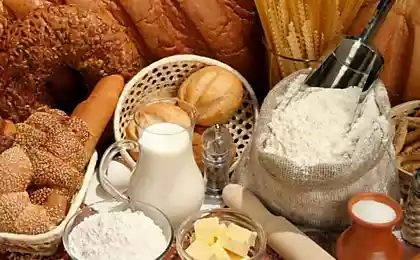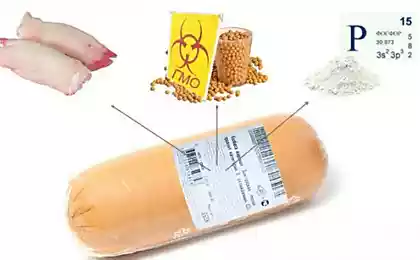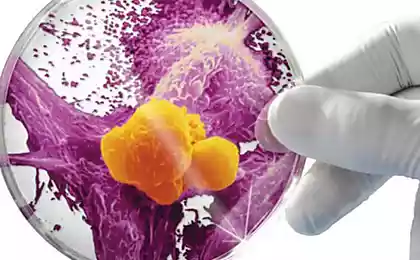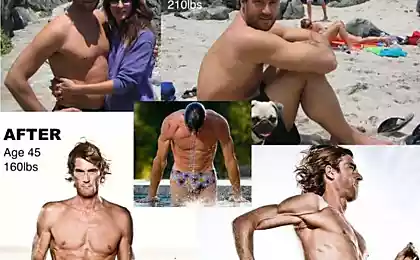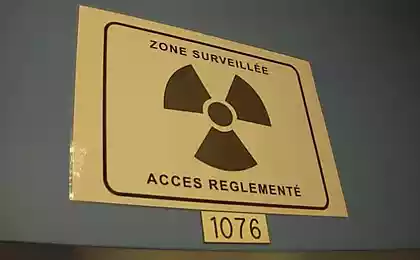469
Molluscs have inspired scientists to create a new cyanoacrylate
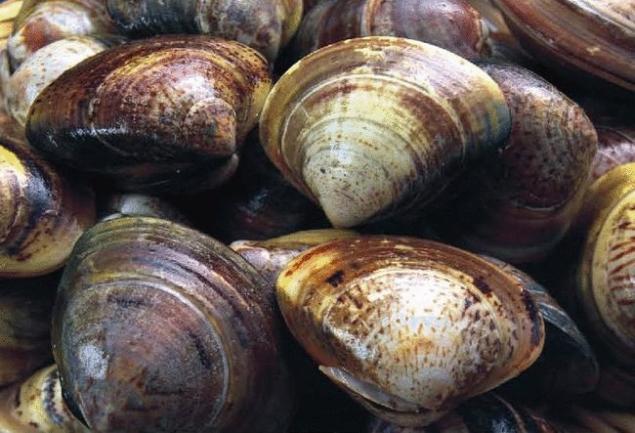
Sailors are often faced with the problem of adhering to the surface of their vessels clam shells, which are very difficult to clean. It is these stubborn marine life has inspired scientists to create a new adhesive.
Engineers from the Massachusetts Institute of technology (MIT) have created a water-resistant adhesive based on a protein secreted by shellfish. This glue after minor modifications, and careful testing can be used in ship repair and even in medicine.
"Many inhabitants of the deep sea, you need the ability to stick to different surfaces, so nature gave them the ability to produce completely different types of glue that we want them to borrow," says Timothy Lu, associate Professor of bioengineering, electrical engineering and computer science from MIT.
Take the mussels, known to all of us bivalve mollusks, which offer you to taste in almost all self-respecting restaurants. To gain a foothold in the first zone of the surface, the mollusk produces a special protein "byssus", which is a fine thread and solidifying as soon as hits the water. Scientists have tried to recreate it in the laboratory using different techniques, but nothing happened.
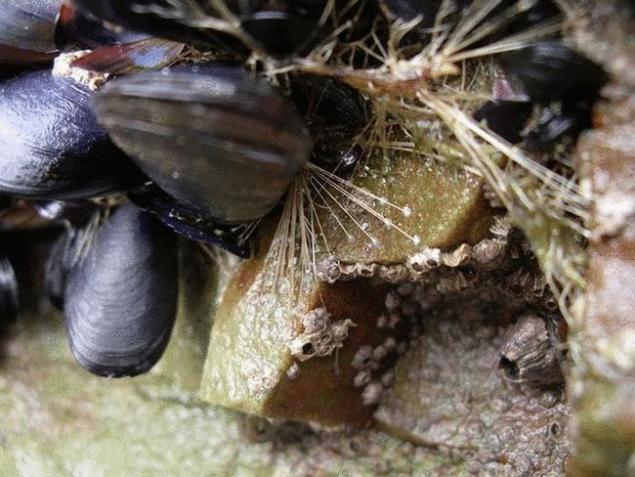
Only recently, researchers were able to synthesize two different proteins durable adhesive material that is quite possible to produce by artificial means. The new material is easily able to glue both dry and wet surfaces. During testing, glue, scientists have found that it firmly clings to surfaces coated with silica, gold and even polystyrene.
The creators of a unique adhesive sure that he adheres much better than glue themselves shellfish, which inspired scientists to develop. Also, this glue is the strongest among the existing analogues.
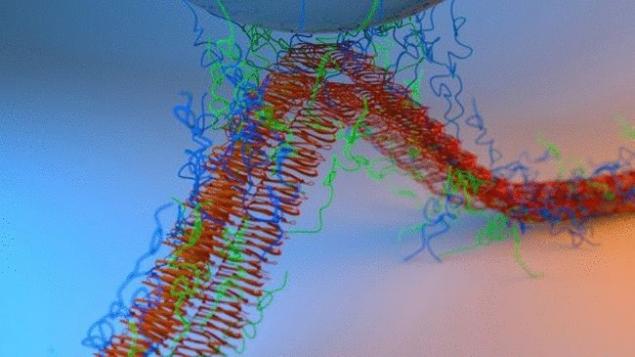
The only limitation in studies of the new glue is the fact that scientists in one production cycle is possible to create a very small amount, but they believe that it will be able to overcome this barrier in the near future. The researchers also hope to create in the future the so-called "living clay" — a special film of bacteria that will detect damage and microcracks and make a glue to repair them.
Materials Nature.com
Source: hi-news.ru
New liquid battery MIT will solve the complex issue of electricity storage
Students staged the first concert with 3D-printed musical instruments + video

